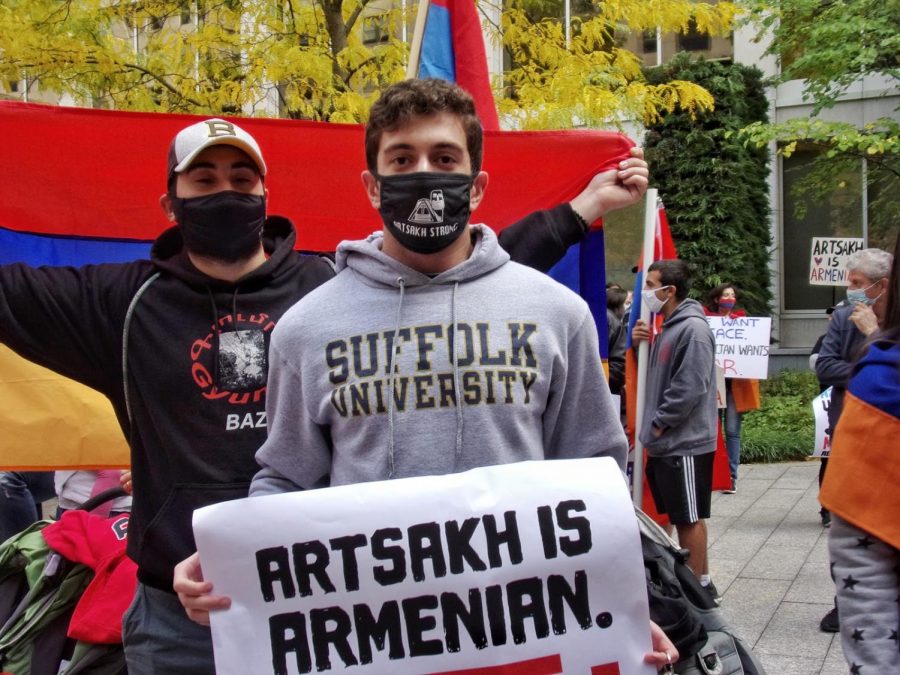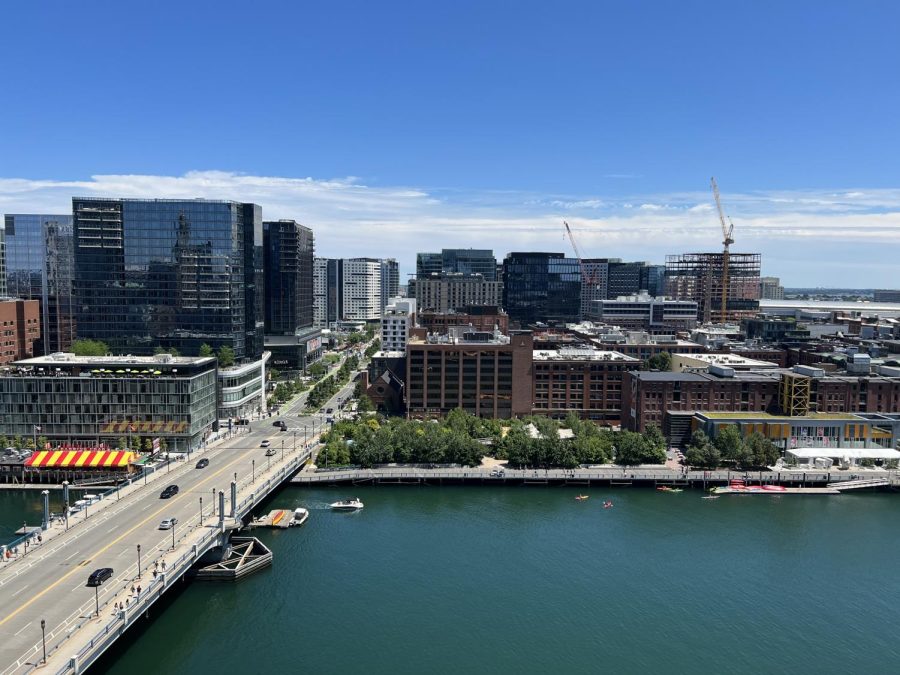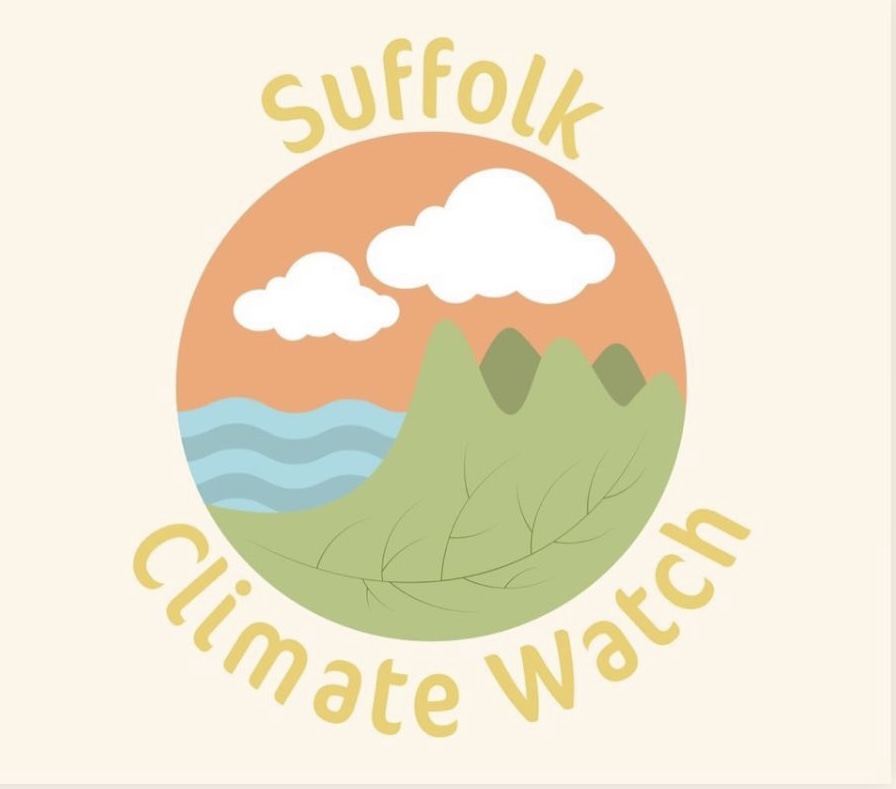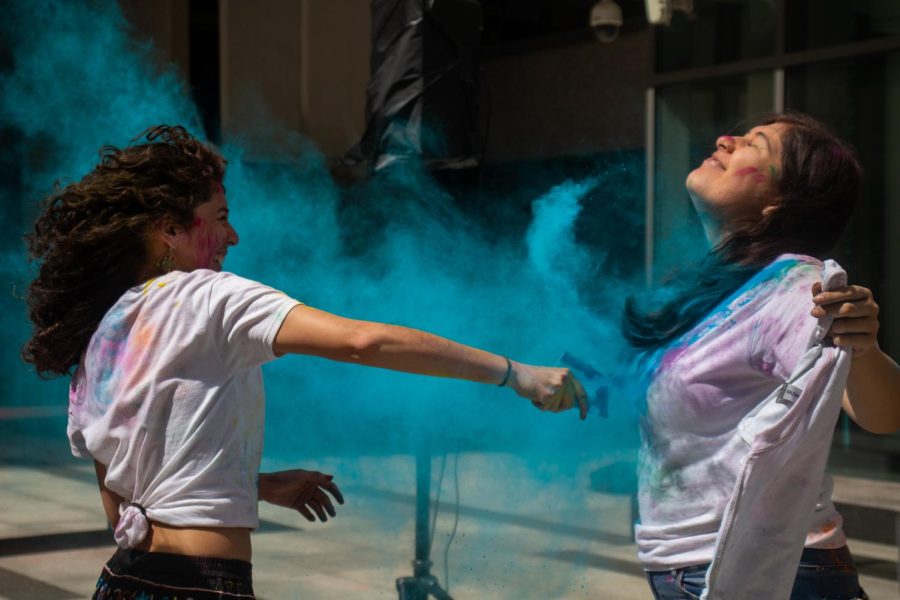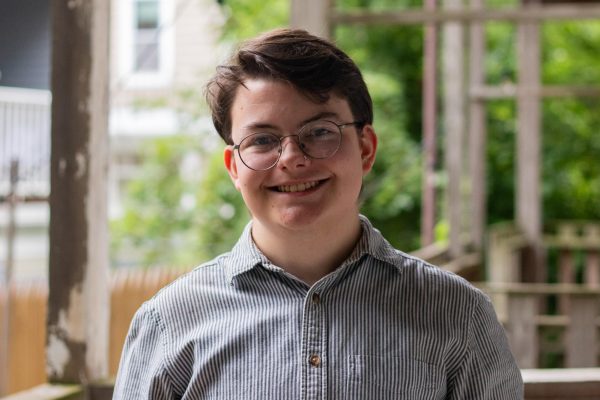On Sept. 27, forces from Azerbaijan attacked the Nagorno-Karabakh (Artsakh) region, a predominantly ethnic Armenian territory of Azerbaijan. This attack sparked a series of military exchanges between Azeri troops with the support of Turkey and Armenian freedom fighters from the region.
“As diaspora Armenians, it’s very tough seeing what’s happening over there when you have a short reach … It’s very disheartening,” said Garo Bazarbachian, a senior finance major at Suffolk University and president of the university’s Armenian Student Association (ASA).
Armenia, a small country in Asia, is one of the oldest nations in the world. It was one of the first countries to accept Christianity as their national religion and has a long cultural history that has contributed greatly to arts and trade around the world.
In recent decades, knowledge of Armenians is primarily drawn from the tragedy they faced in the early 20th century. From 1914 to 1917, Armenians were the victims of genocide and mass deportation by the Ottoman Empire (which included modern-day Turkey). During this period, over 1.5 million ethnic Armenians were killed.
The spread of diaspora Armenians, or ethnic Armenians who are located internationally (of which there are approximately 10 million), is a direct result of this genocide. Although the genocide is recognized internationally by most major countries, Turkey, the instigators of the genocide, continues to formally deny that it ever occurred over a century later.
Since the genocide, animosity between Turkey and Armenians is well-known and prevalent in their communities. There have been multiple conflicts over territory that is ethnically Armenian but located within another surrounding country, such as Artsakh, which is recognized as part of Azerbaijan even though it declared its independence in 1992.
This most recent conflict, however, has been more intense and drawn-out than any previous territory disputes.
Civilian cities like Stepanakert have undergone heavy artillery fire and bombings since Oct. 2, which has displaced thousands of civilians from their homes and killed dozens. According to a report from Vox Media, there has been no lasting resolution to the territorial dispute over Artsakh since a ceasefire was declared in 1994.
Due to intense censorship of the press in Azerbaijan, it is difficult to determine the exact actions that have been taken against Armenia, whom the Azeri government has accused of the initial firing of military weapons, despite multiple contradictions to that statement from the Armenian government and citizens.
The New York Times points out that it would be incredibly unreasonable for Armenia to start a conflict due to their small military power and the fact that Azerbaijan is supported by Turkish-hired Syrian mercenaries and a population three times the size of Armenia. The National Interest theorizes that Azerbaijan purposefully began the conflict at a time where international attention would be elsewhere due to the pandemic, which would allow for the attack to carry on without much intervention from larger powers, such as the U.S.
Aram Arkun, assistant editor at the Armenian Mirror Spectator, an English Armenian newspaper based out of Watertown, MA, emphasizes the role of Americans in aiding Armenia.
Arkun points out that the U.S has a unique role as a “mediating body” for the region of Armenia, Turkey, and Azerbaijan with immense power and influence, and could potentially help “restrain Turkey to cut off conflict and achieve a ceasefire.”
The restriction of press from the Azeri government has limited the coverage of the attacks to international news sources like the New York times and social media posts on Instagram and Twitter from diaspora Armenians trying to spread awareness of the violence.
As the U.S. is halfway across the world, the majority of its citizens have been removed from the effects of the conflict and are unaware of the violence occurring. In order to increase the knowledge of what is happening, Armenians across the U.S. have organized protests and marches in large cities like New York and Los Angeles to rally support from non-Armenians and demand government intervention from the U.S.
On Oct. 2 and Oct. 11, Armenians gathered in Boston demanding justice for Armenia. The crowds chanted “Artsakh is Armenia,” “silence is violence” and “get your hands off our land,” some even holding signs or chanting “Turkey out of NATO” because of their support of Azerbaijan.
Bazarbachian attended both of these protests.
“[The protests are] bittersweet,” Bazarbachian said. “It was great to see all of us there in unison, but we wish we weren’t protesting.”
Bazarbachian said Armenian communities are incredibly tight-knit, no matter where they are.
“Most Armenians are friends with other Armenians,” Bazarbachian said. “If I post something on my Instagram story, most of my followers are Armenian so they already know what’s going on. But the real duty [of Armenians] is to tell your non-Armenian friends. They’re the ones who don’t know what’s going on; we have to educate the and let them know.”
Both Arkun and Bazarbachian encourage people to donate to organizations such as the Armenia Fund, which is seeking to provide financial aid for the freedom fighters in Armenia.
The Armenian Student Association is in the process of organizing fundraisers to raise money for Armenia as well. In addition to organizations, individuals are working to raise money to send to Armenia, like Suffolk junior George Yeghyayan, a double major in political science and economics, who has personally raised over $2,000 for the cause.
“I, along with everyone I know, knows someone who did not come back home because they died defending their country, and we know many more who do not know the condition of our loved ones and whether they are safe or not,” Yeghyayan said.
“So if I was here in the U.S., safe, comfortable, and with thousands of comparatively wealthy people than the ones suffering right now surrounding me then I feel like it’s my obligation to defend my people however I can, and that is to fundraise and send supplies to the civilians in danger,” he said.
Arkun also noted the importance of people using their civil liberties to write to their representatives in congress demanding the US intervene to help negotiate a lasting ceasefire and prevent the potential spread of conflict.
“Armenian-Americans can contact your government and use social media to spread awareness of the situation.” Arkun said.
“We [Armenians] just want to live in peace,” Bazarbachian said.
This sentiment was echoed by the dozens of signs at the recent protests that showed three simple words: “Armenia wants peace.”
There was little interference from outside countries during the Armenian Genocide who could have prevented the displacement and deaths of Armenians. Bazarbachian said protests and the constant spreading of awareness through social media could help save lives this time around.
“We aren’t going to let that happen again,” Bazarbachian said.


